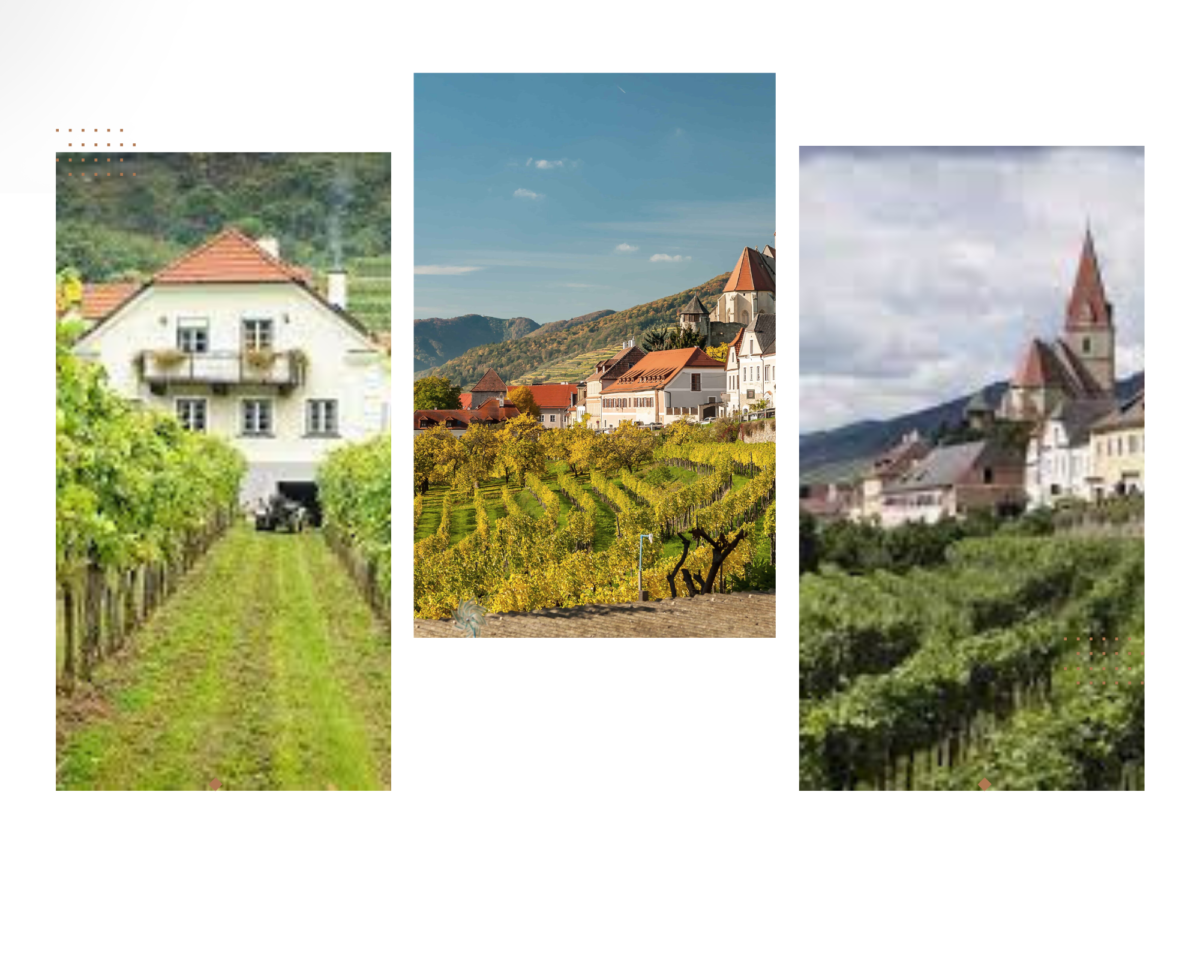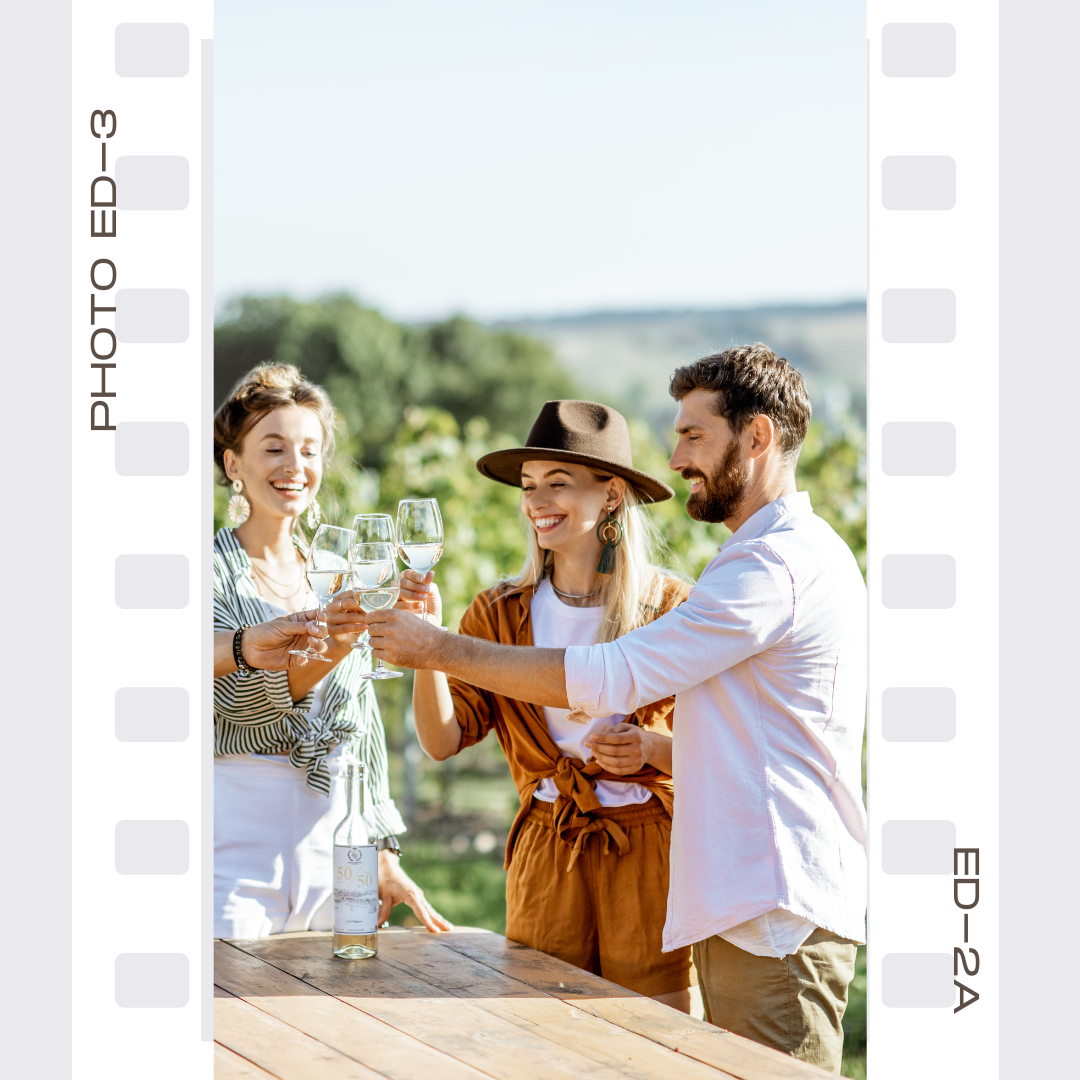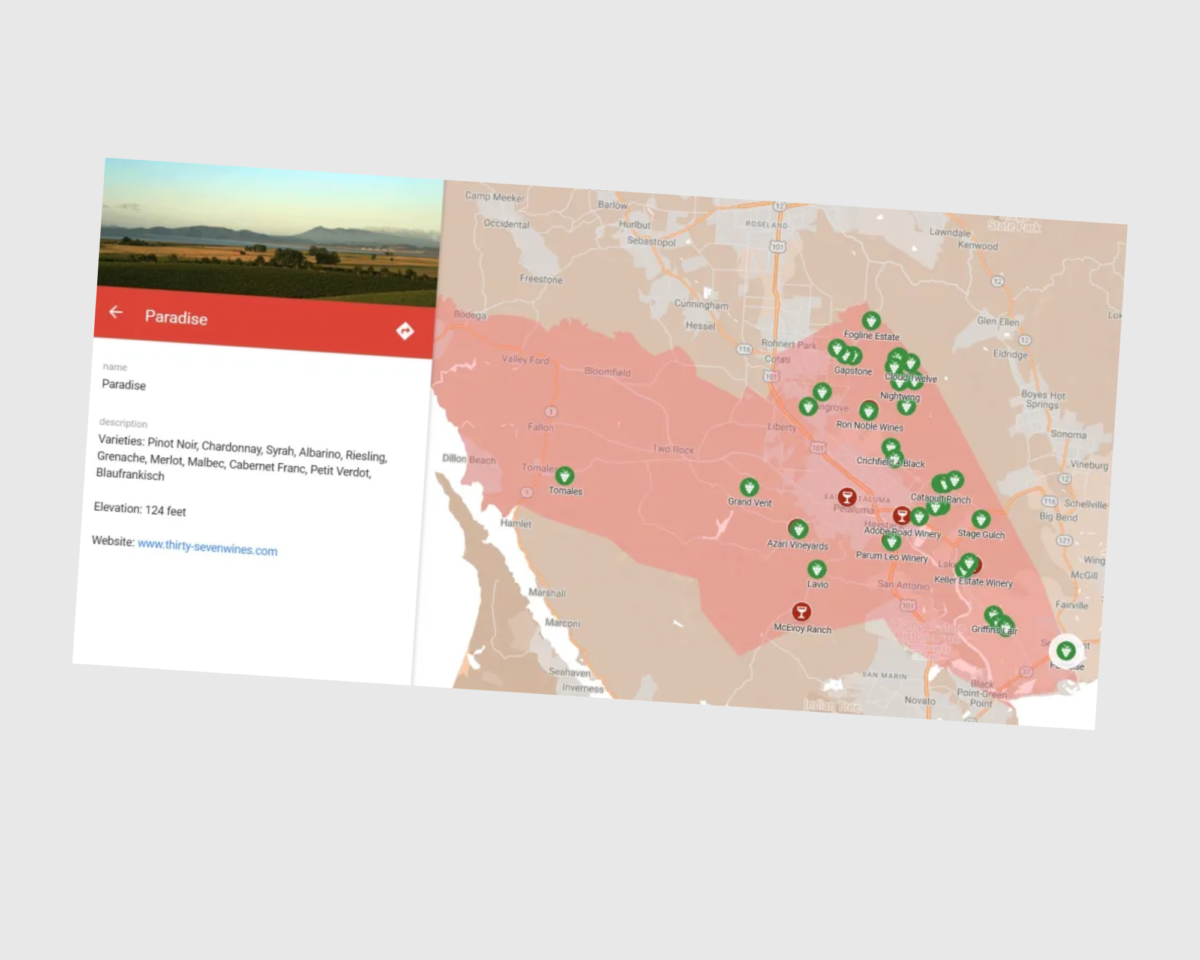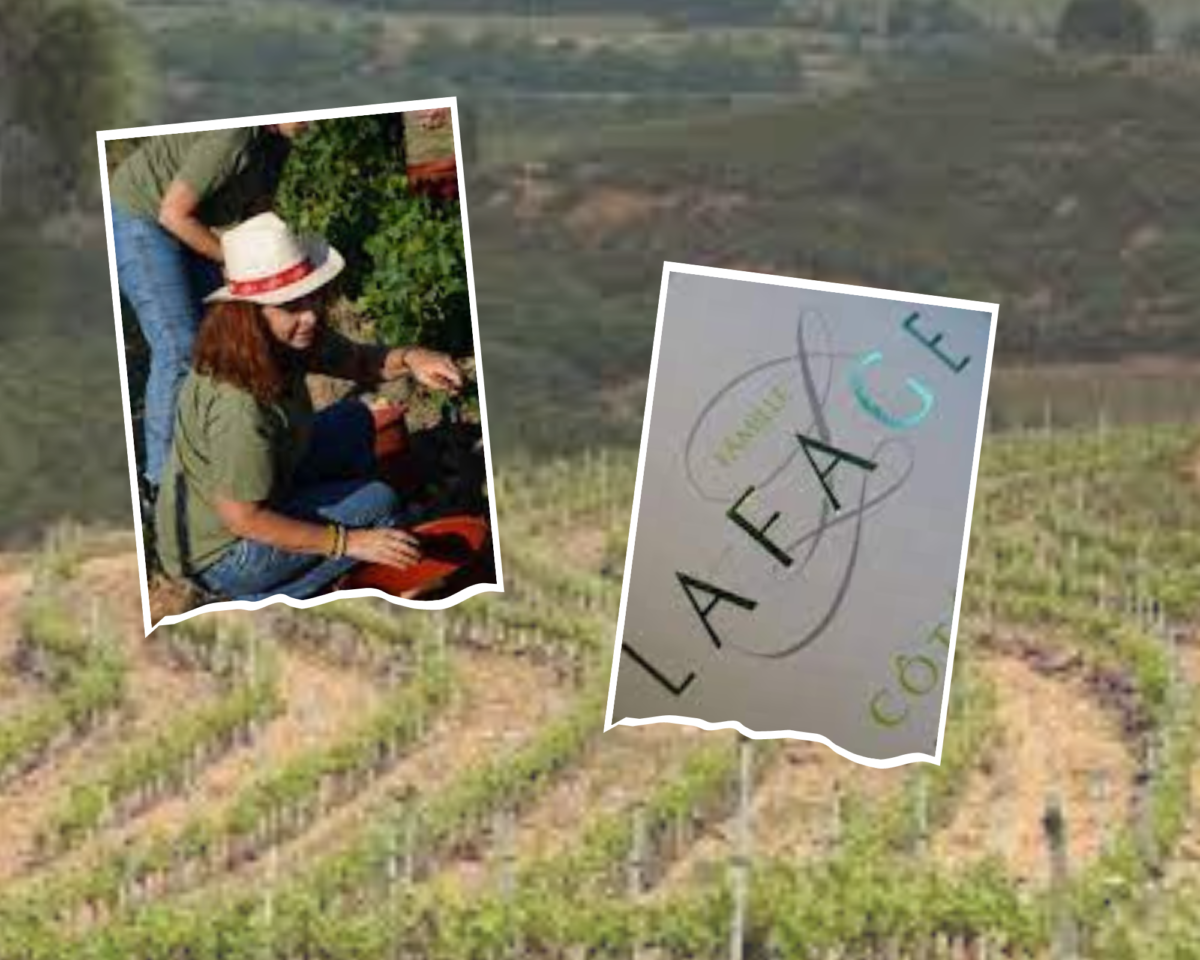Wines of Ukraine has recently established a UK head office to help further grow its reputation on the international stage.
The organization, formed in 2021, is made up of 15 members, comprising craft wineries with an overwhelming majority of pre-war sales rooted in the domestic market. The organization has had a strong presence at this year’s London Wine Fair and Prowein.
With the proposed UK import operation now beginning to take shape, Wines of Ukraine will host its inaugural tasting for the UK trade and media on Monday, October 9th at 67 Pall Mall in London
At its first UK tasting, there will be 11 wineries from six wine regions, that will show 60+ wines, covering different styles, including sparkling wines, unfiltered orange wines and sweet wines, reds, whites, and rosés.
Tania Olevska, marketing and PR director of Wines of Ukraine UK, states: “Our producers are excited to meet and present their bottles to wine professionals in the UK this autumn. Now is the right time to bring the wines of Ukraine to the UK, when we have a high quality and a good range of styles – all of which are confirmed by high ratings at international wine competitions and great feedback from both professionals and consumers.”
The full-scale war unleashed by Russia has significantly affected the state of Ukraine’s wine industry with some wineries being occupied, and others being damaged and looted. Some of the vineyards are mined and not cultivated, and the local market has shrunk. However, in 2022, Ukrainian wines began to be discovered worldwide and today they are represented in the UK, USA, Japan, Poland, Baltic, and Nordic countries, amongst others.
Svitlana Tsybak, co-founder of Wines of Ukraine, added: “The mission of our team is to promote Ukrainian wines worldwide, present Ukraine as a winemaking country, and tell everywhere and everyone that Ukraine has its place in the winemaking world.
“For the last two decades, Ukrainian wine has experienced a renaissance, and now it is time to show our wines in the UK. This is one of the most important markets for us, not least because the country supports Ukraine, which we very much appreciate.”
To register for the event click here: https://shorturl.at/ADE04
Wineries that will be showcased, include:
Beykush Winery, Mykolaiv
Stakhovsky Wines, Zakarpattya
Chateau Chizay, Zakarpattya
Biologist Craft Winery, Kyiv
Vynkhol Oksamytne /TM Villa Tinta, Odesa (Bessarabia subregion)
Kolonist Wine, Odesa (Bessarabia subregion)
Frumushika Nova, Odesa (Bessarabia subregion)
Shabo, Odesa
Tiras Winery /TM My Wine by Eduard Gorodetsky, Odesa
Graevo, Zaporizhzhia
Father’s Wine VB, Ternopil





